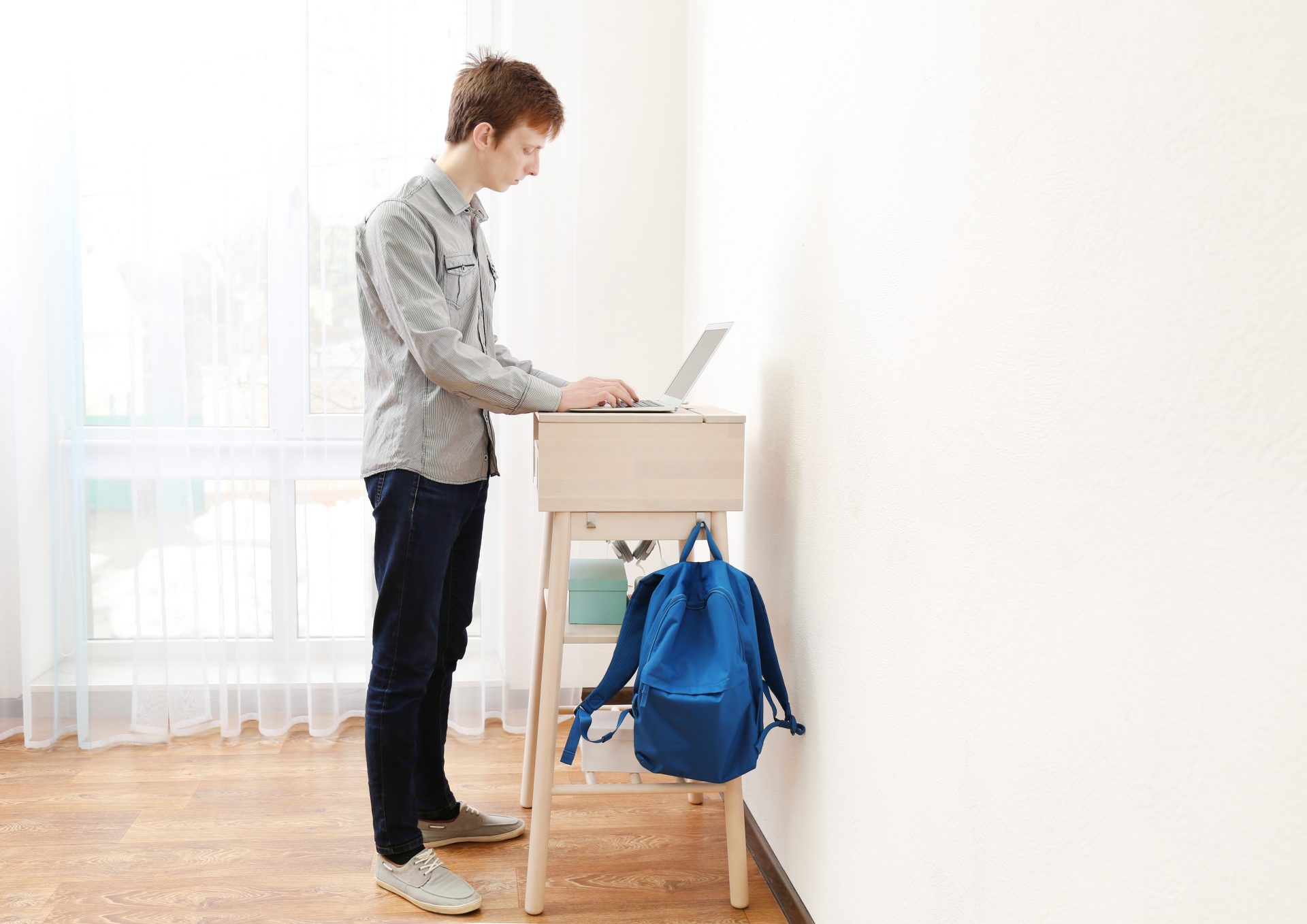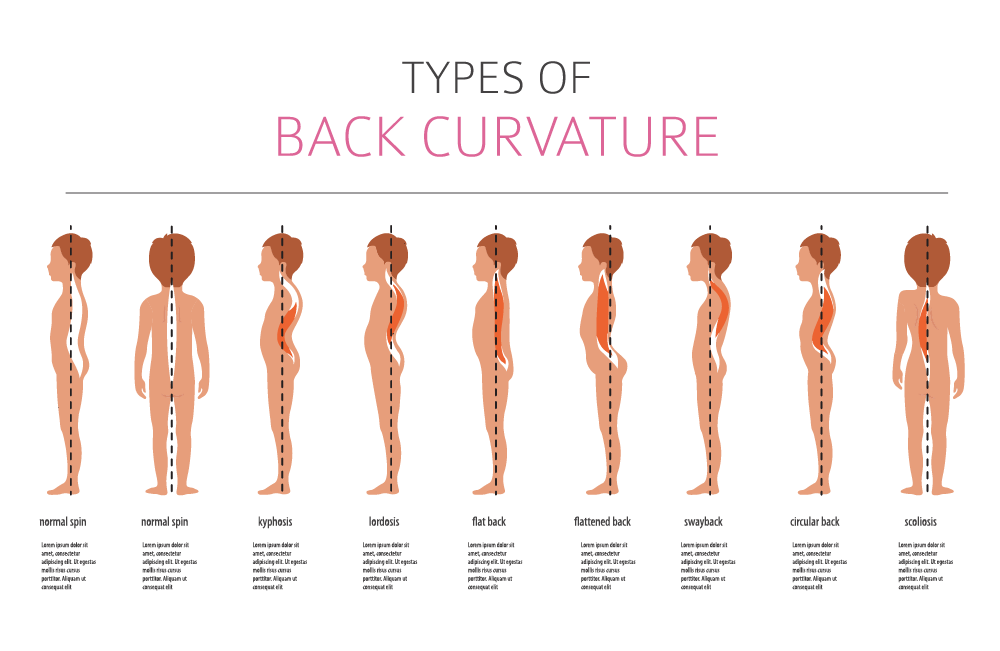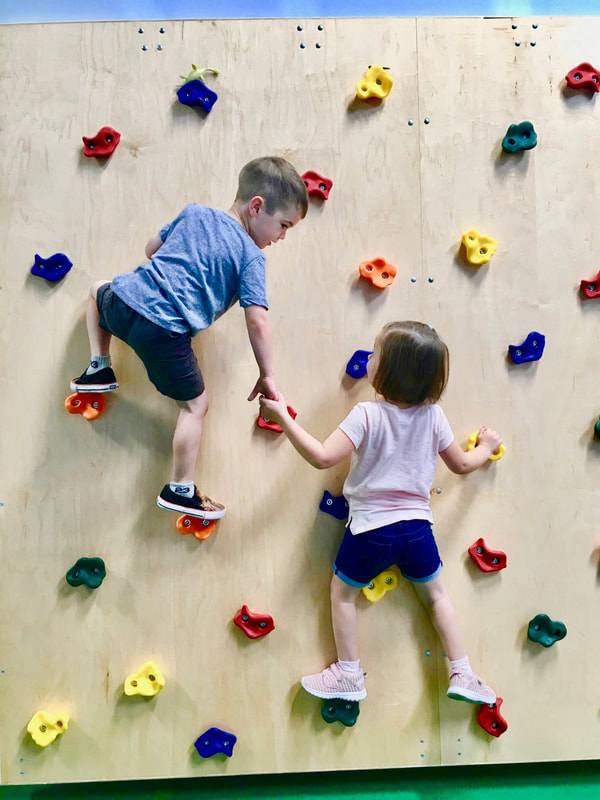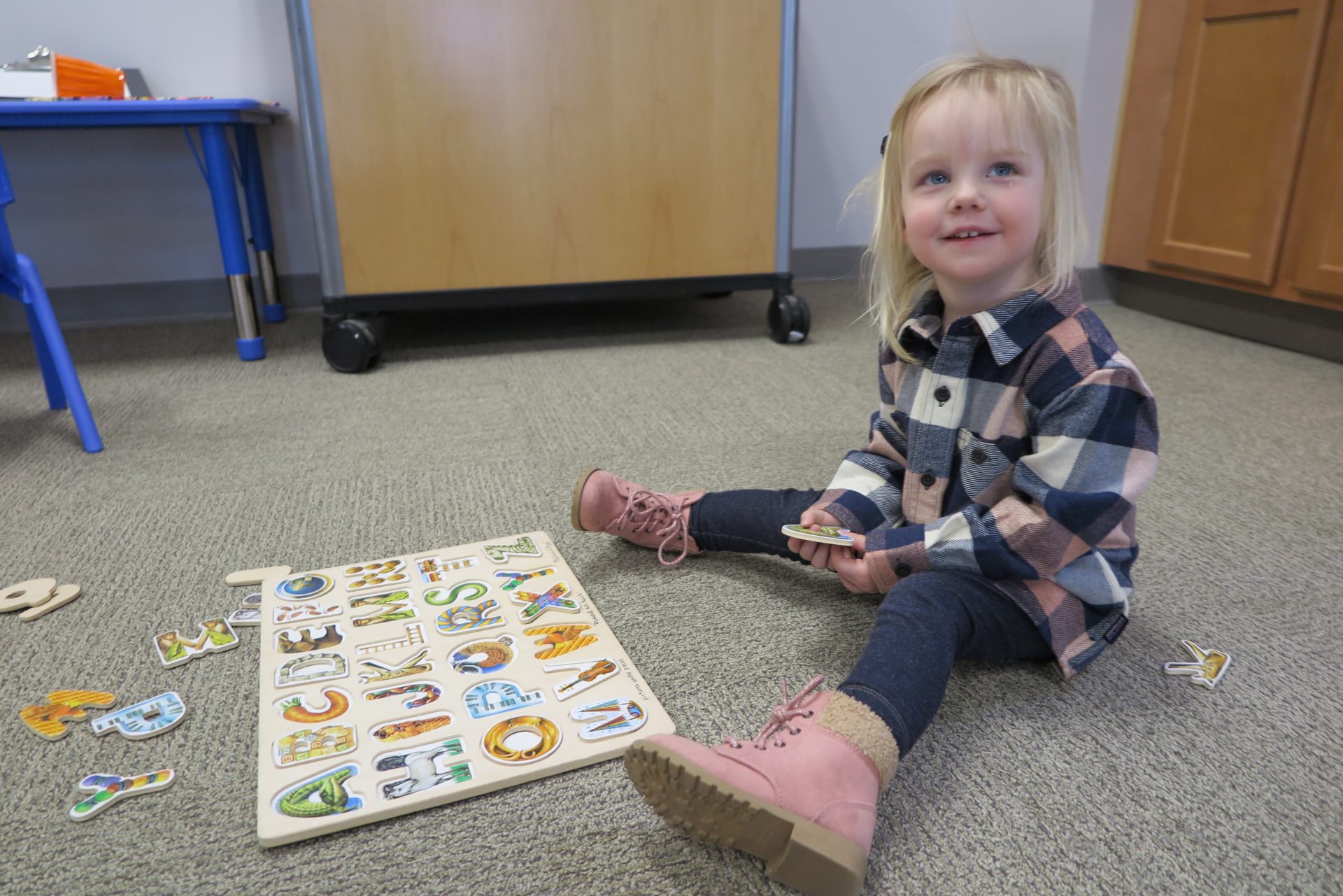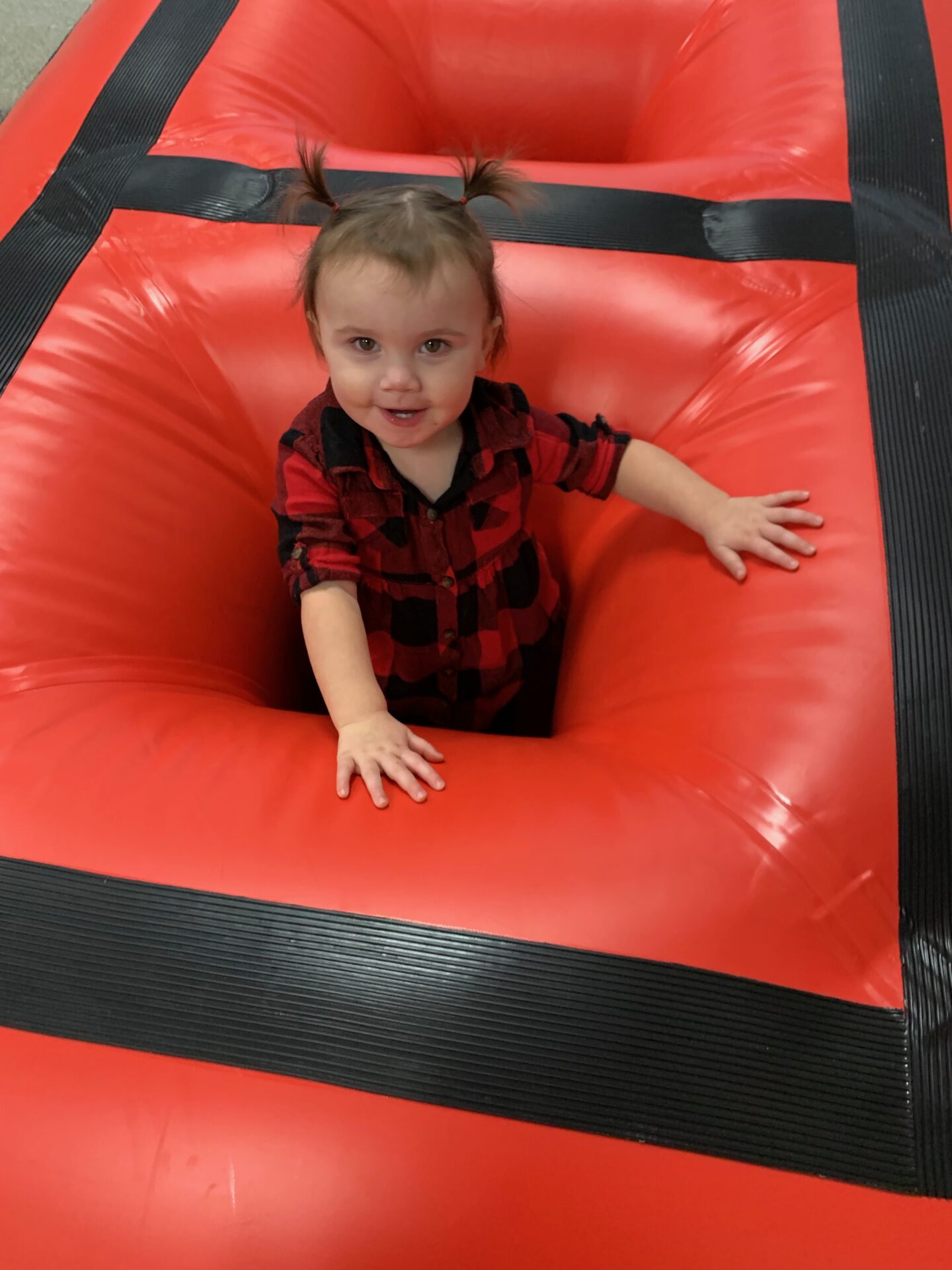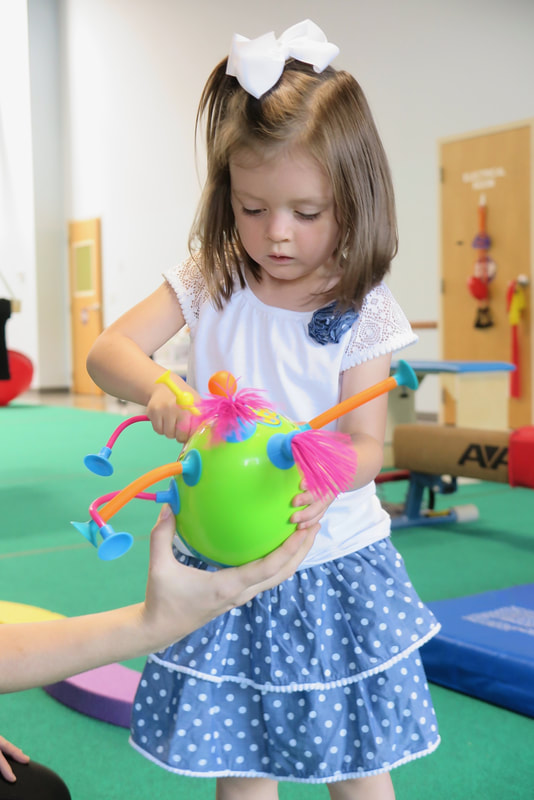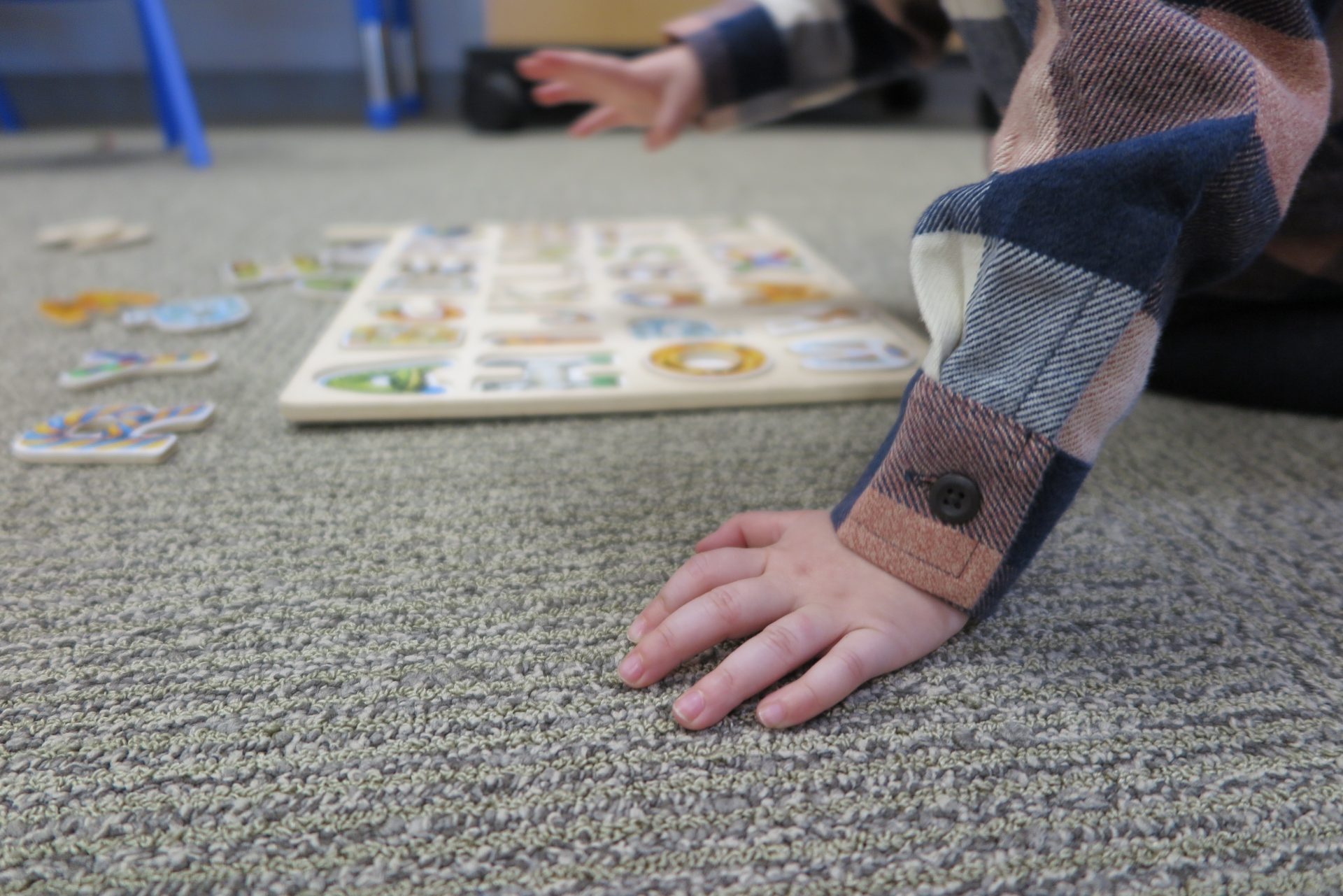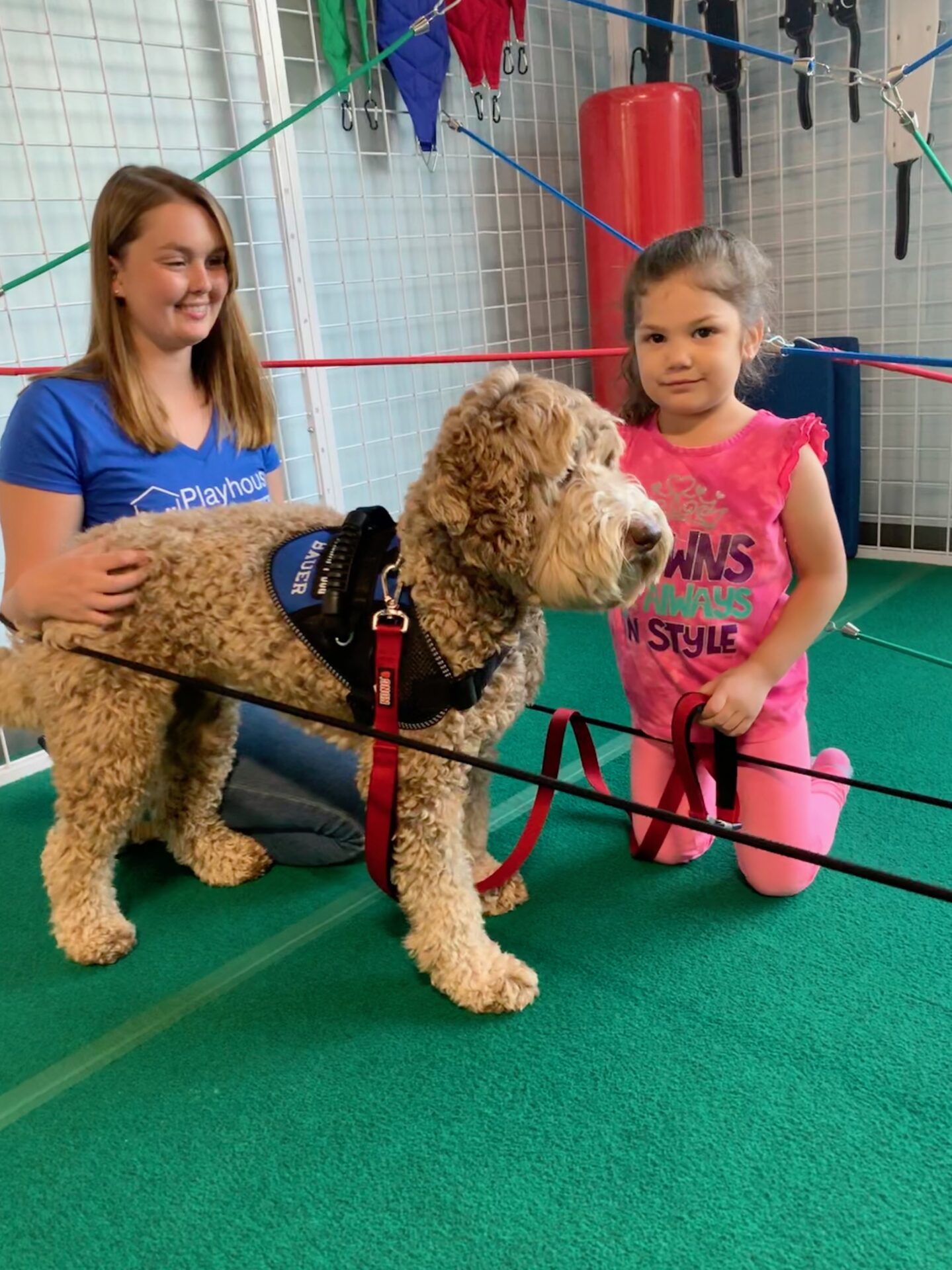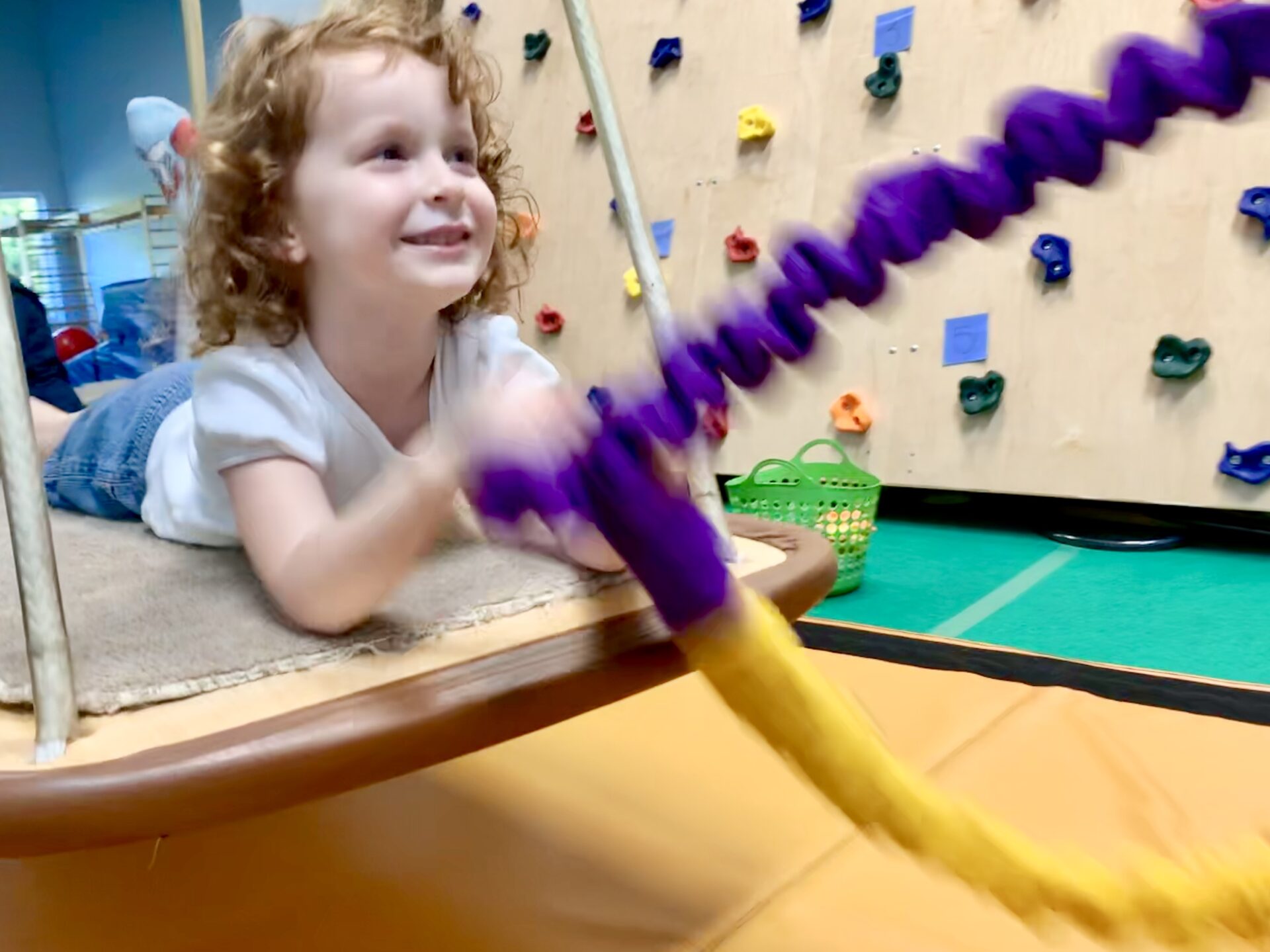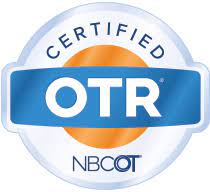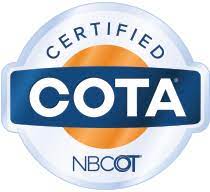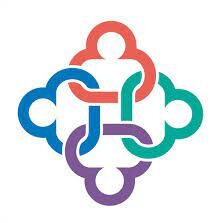Posture Intervention
Posture Intervention
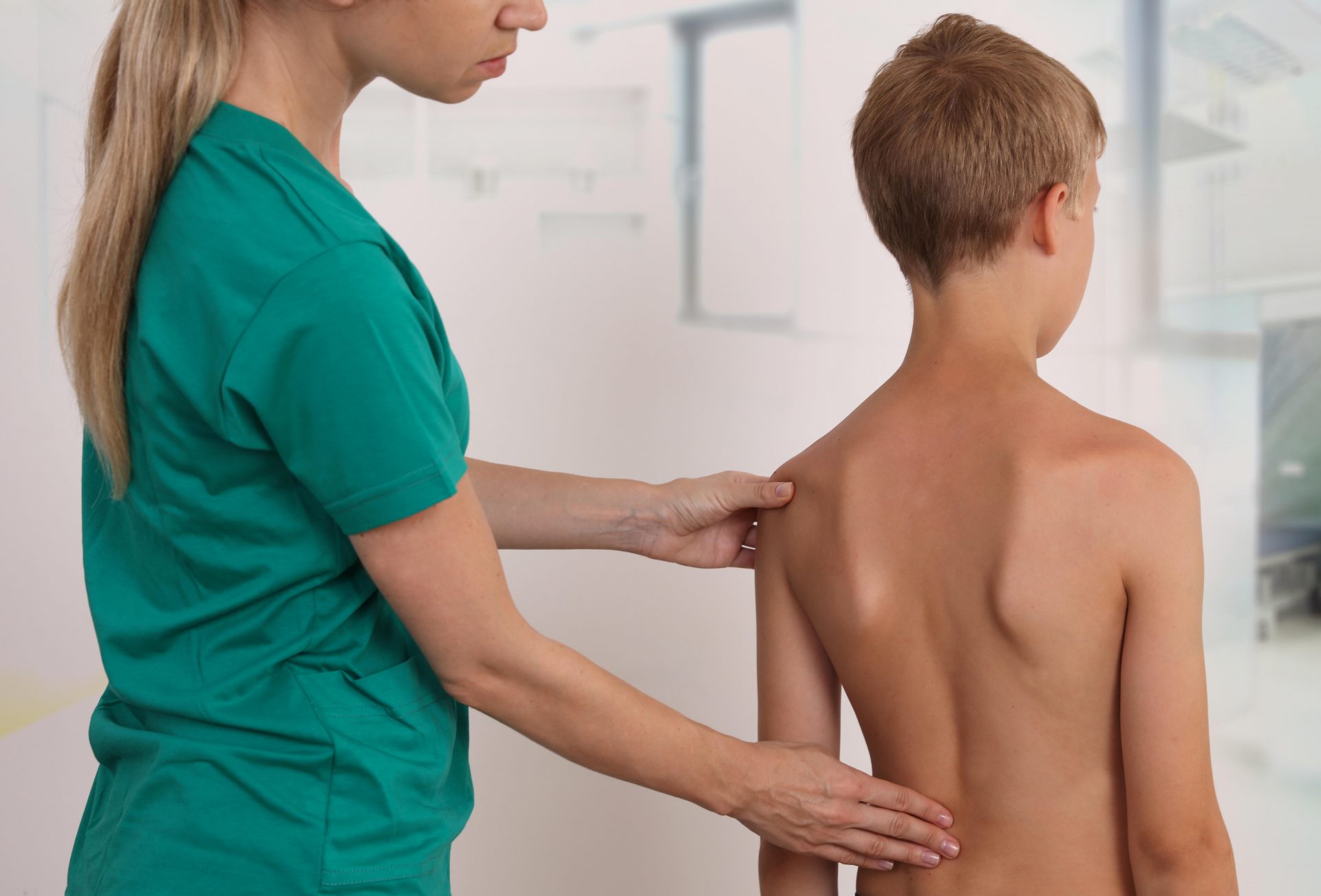
Questions about Posture?
[receiver]
708-478-1820
[star]
Free Screenings
Why does posture matter?
Sit up straight! Posture is much more complicated than just sitting up straight. In order to function our best, we need the best possible posture to support that function. Posture is how the body is aligned in everything we do. Good posture is essential for sitting, standing, moving, and even sleeping. Poor posture causes poor movement patterns which leads to short and long term functional deficits.
What are posture red flags?
Assess posture in static and dynamic positions. Take note of your child’s posture when they are sitting/standing and playing. Look for these red flags.
- Slouching
- Leaning
- Asymmetry
- Flat or excessive curvature of back
- Protruding abdomen
- Forward head
- Rounded shoulders
- Head tilt
- Shoulder elevation or more forward on one side
- Inability to stand or sit still
Who is at risk for postural deficits?
Everyone but especially children! Posture is a life long journey, always needing improvement and is essential for good health. Certainly more screen time is not helping our postural alignment and it’s often unavoidable. Unfortunately poor posture during screen time is especially detrimental to children who have not fully developed. Children have weaker muscles and tissue connections as well as soft bones that are more prone to the effects of gravity. A diagnosis of Good postural alignment will help decrease the risk of future pain and injury.
How does posture affect children with special needs?
Children with special needs are at most risk for postural deficits due to possible weakness, tightness and movement challenges. Poor posture can cause breathing, visual and digestion deficits. Joint mobility issues are often compounded by postural misalignment. Posture is not easy to correct on the strongest of kids, a lot of energy goes into maintaining good posture. Helping to support the child in good alignment will allow them more energy to reach their full potential. Proper postural alignment is essential to ensure the best possible outcome for kids with special needs.
Who can help?
Our physical therapists are trained to evaluate posture in all positions for the best possible functional outcome. They will assess your child’s spinal position in static and dynamic activities to help correct positional dysfunctions to improve their motor patterns. Modifications may be needed to improve alignment and PT’s have the expertise to suggest might what work best for your child. Physical Therapists give personalized exercises, stretches and tips to improve postural endurance and alignment.
If you have any questions or concerns about your child’s posture, schedule a free screening with one of our physical therapists to help determine a cause and help correct postural misalignments.
